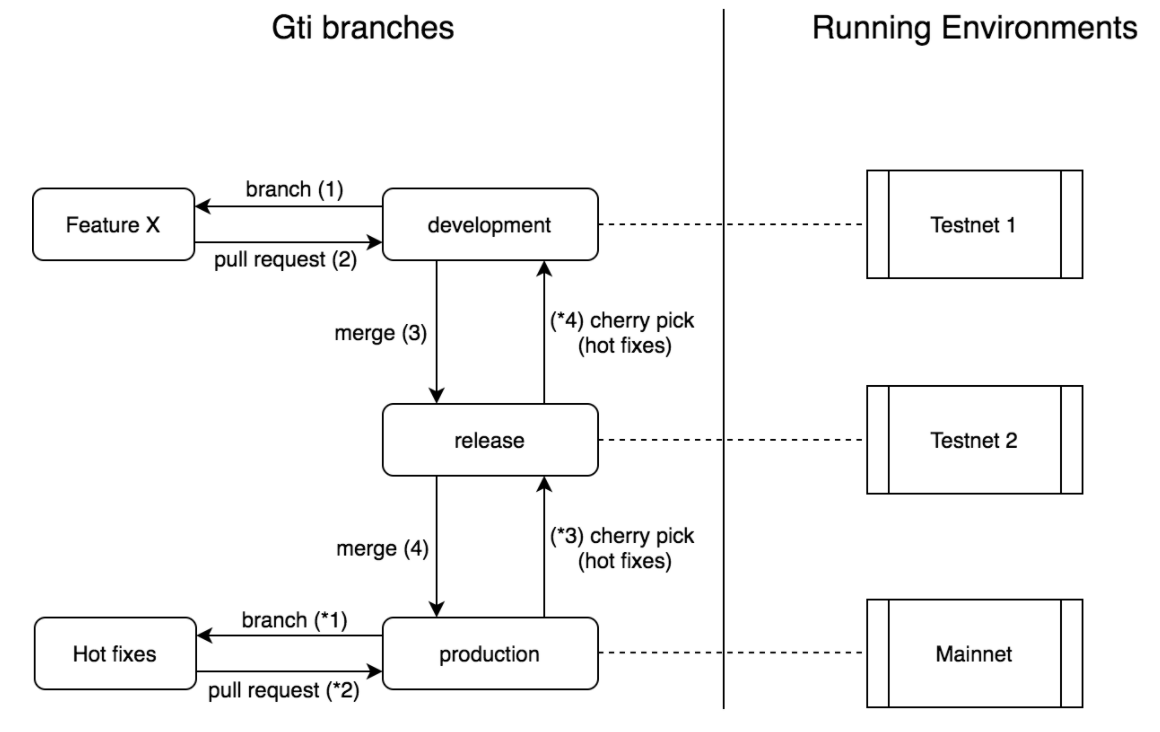 Documentation
¶
Documentation
¶
There is no documentation for this package.
 Directories
¶
Directories
¶
| Path | Synopsis |
|---|---|
|
bin
|
|
|
centralized-logging/fluentd
Module
|
|
|
Package memorydb implements the key-value database layer based on memory maps.
|
Package memorydb implements the key-value database layer based on memory maps. |
|
Go port of Coda Hale's Metrics library
|
Go port of Coda Hale's Metrics library |
|
exp
Hook go-metrics into expvar on any /debug/metrics request, load all vars from the registry into expvar, and execute regular expvar handler
|
Hook go-metrics into expvar on any /debug/metrics request, load all vars from the registry into expvar, and execute regular expvar handler |
|
operation
Package operation allows for basic manipulation of scalars & group elements
|
Package operation allows for basic manipulation of scalars & group elements |
|
operation/edwards25519
Package edwards25519 implements group logic for the twisted Edwards curve
|
Package edwards25519 implements group logic for the twisted Edwards curve |
|
operation/edwards25519/field
Package field implements fast arithmetic modulo 2^255-19.
|
Package field implements fast arithmetic modulo 2^255-19. |
|
privacy_v2/bulletproofs
Package bulletproofs manages the creation, proving & verification of Bulletproofs.
|
Package bulletproofs manages the creation, proving & verification of Bulletproofs. |
|
privacy_v2/bulletproofs/v1
Package bulletproofs manages the creation, proving & verification of Bulletproofs.
|
Package bulletproofs manages the creation, proving & verification of Bulletproofs. |
|
privacy_v2/mlsag
variable names to match names in the crypto protocol Package mlsag contains the implementation of MLSAG, a ring signature scheme.
|
variable names to match names in the crypto protocol Package mlsag contains the implementation of MLSAG, a ring signature scheme. |
|
relaying
|
|
|
Package transaction manages the creation & verification of all transaction types
|
Package transaction manages the creation & verification of all transaction types |
|
coin_indexer
Package coinIndexer implements a UTXO cache for v2 output coins.
|
Package coinIndexer implements a UTXO cache for v2 output coins. |
Click to show internal directories.
Click to hide internal directories.


